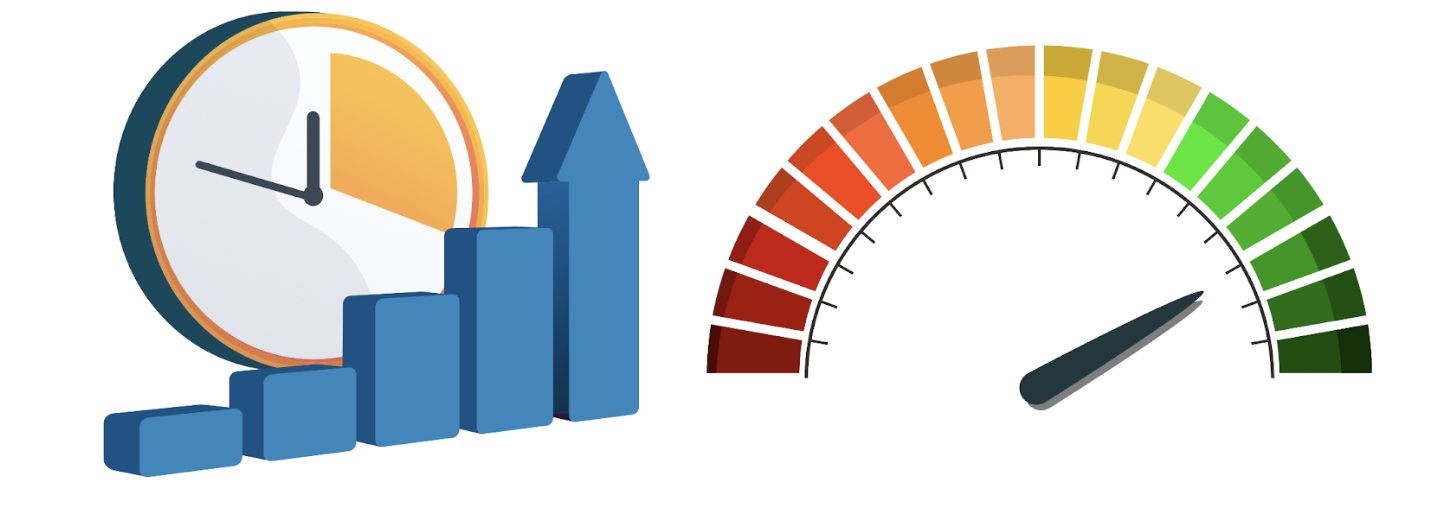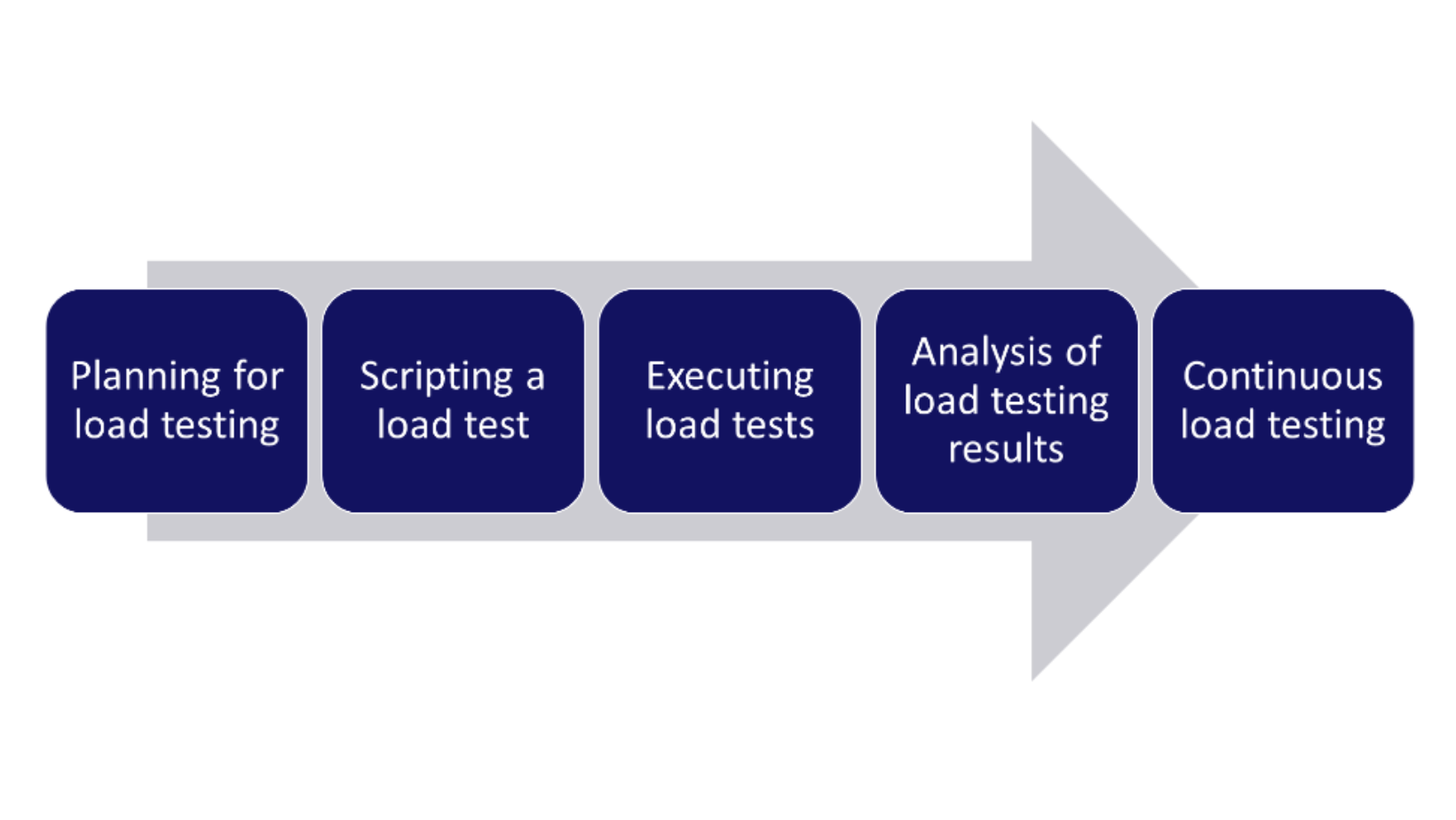Our Agile Project Management: Performance Testing
Performance Testing:
A standard measurement for scaling the products' qualities
One of the most important steps before releasing clients’ products is to recheck the quality of its final version. It is a basic need to measure the efficiency of the whole project with the Agile model. To evaluate the effectiveness of the product, TechSoft offers a variety of performance testing types to our clients to make sure that the scale of each category will meet their requirements in the most optimized ways for both time and cost.

Performance Testing Process

1. Planning for load testing:
– Clarify the scope of testing
– Define SLOs
– Identify workload models
– Set up an environment for testing, including monitoring
– Agree on the frequency and schedule of tests
– Prepare test data, if applicable
2. Scripting a load test:
– Create test scenarios that adequately cover the requirements
– Write test scripts using load testing tools
– Make scripts realistic
– Run shakeout test to verify that the script works as expected
– Run tests against upstream environments, usually developing or staging
3. Executing load tests:
– Set up cloud or on-premises infrastructure
– Set up observability tools to monitor application server and load-generator health
– Run shakeout tests to verify that test environments work as expected
– Make changes to the code or environment and run tests to compare against the baseline test
– Increase the scope of tests
– Do distributed testing by ramping up or scaling out the load test
4. Analysis of load testing results:
– Collate data from application servers as well as from load generators
– Aggregate data to get a big picture understanding of what happened during the test
– Use data visualization and analysis tools to determine how the system behaved under test conditions
– Report findings to stakeholders
– Remediate bottlenecks
– Rerun tests to confirm issues or fixes
5. Continuous load testing:
– Add load testing scripts into a version-controlled repository
– Incorporate load tests into a CI/CD pipeline
– Automate reporting
– Set up a repeatable framework for running load tests, one tied with code changes or release cycles
– Capture test results in a database to view historical trends
Performance Testing Types
Depending on the nature of each product and project, TechSoft will propose a suitable type of testing corresponding to the customer’s needs. General criteria will depend on user access volume, server testing, response speed, and data capacity. Through the implementation of verification procedures, both users and the product development team will collaboratively identify bottlenecks and potential issues to address and provide timely solutions before the product is launched to the public.

There are four typical types of performance testing that are usually used by tester teams due to the realistic requirements of clients. We would like to name a few corresponding characteristics according to the needs from markets that we are able to provide to our customers according to their demands for the products.
1. Load Test:
– Simulate the expected number of concurrent users and transactions over a duration of time to verify expected response times and locate bottlenecks
– Help developers determine how many users an application or system can handle before that app or system goes live
2. Stress Test:
– Conduct simulations with a higher-than-anticipated volume of concurrent users and transactions over a specified time period to assess system response times and performance metrics
– Assist developers in assessing the system’s performance beyond its anticipated capacity limits
– There are two sub-categories of the stress test: (1) Soak testing: Stress test in a very long time and (2) Spike testing: Stress test with a very high number of concurrent users
3. Scalability Test:
– Evaluate the system’s performance by introducing a dynamic number of concurrent users and transactions over a specified duration, taking into account various performance metrics
– Facilitate developers in confirming the software’s capability to scale performance attributes in both upward and downward directions.
4. Volume Test:
– Create a sample file size, either a small amount of data or a larger volume, and then testing the application’s functionality and performance with that file size
– Enable developers to evaluate the performance of a software application across a range of data volumes

Based on the product’s potential and the elevated requirements of our customers, the TechSoft team will collaboratively research and propose the most optimal solutions to thoroughly assess the output quality of the product. This is not only aimed at achieving customer satisfaction but also ensuring sustainability in product development. It is one of the key factors that has highlighted our services to customers over the past period, with the criterion of delivering the most cost-effective and timely products for a long-term period.











